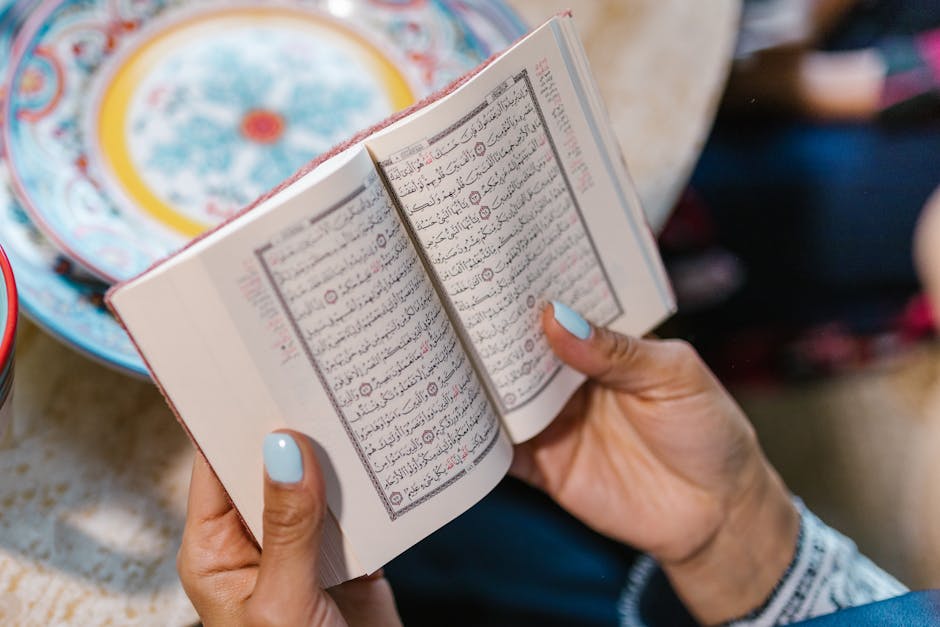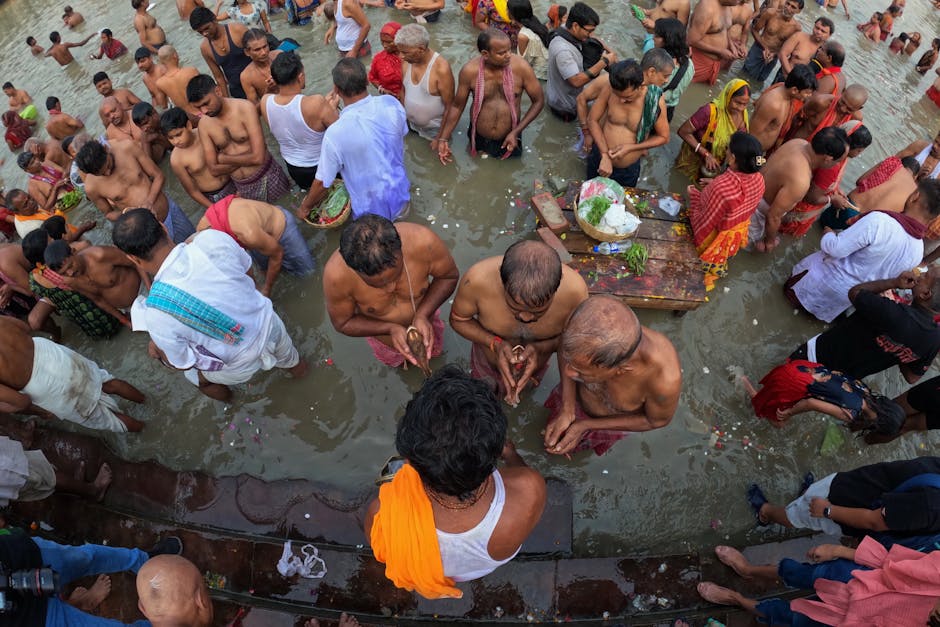Exploring Different Worship Practices: A Deep Dive into Sacred Traditions
When we think of worship, various images may come to mind – from a congregation singing hymns in a church to individuals meditating in a serene temple. Worship practices are deeply ingrained in human culture, reflecting our beliefs, values, and traditions. However, the ways in which people worship vary significantly across different religions, societies, and cultures. In this comprehensive exploration, we will delve into the diverse and fascinating world of worship practices, shedding light on the rituals, customs, and beliefs that shape our spiritual experiences.
The Historical Roots of Worship Practices

Understanding the origins of worship practices is essential to grasp their significance in contemporary society. The history of worship dates back to ancient civilizations, where rituals and ceremonies were performed to honor deities, ancestors, and natural forces. In Mesopotamia, for example, the Sumerians offered sacrifices to their gods in elaborate temples, while the Egyptians conducted intricate rituals to guide the souls of the deceased to the afterlife.
Across the globe, indigenous cultures developed unique worship practices that were closely intertwined with nature and the cycles of the earth. Native American tribes performed elaborate dances and ceremonies to appease the spirits, while African communities engaged in drumming, chanting, and trance-like states to connect with the divine.
In the major world religions such as Christianity, Islam, Judaism, Hinduism, and Buddhism, worship practices have evolved over centuries, incorporating elements of tradition, scripture, and community. From the chanting of hymns in a cathedral to the recitation of prayers in a mosque, each religious tradition has its own set of rituals and customs that define how believers express their devotion.
The Diversity of Worship Practices

One of the most striking aspects of worship practices is their incredible diversity. Each culture and tradition has its own unique way of worshiping, reflecting a rich tapestry of beliefs and values. In Hinduism, for example, devotees may visit temples to offer flowers and incense to the deities, participate in elaborate ceremonies during festivals, or practice yoga and meditation as a form of spiritual discipline.
In contrast, in Islam, worship takes the form of the five daily prayers (Salah) performed facing Mecca, fasting during the month of Ramadan, giving to charity (Zakat), and undertaking the pilgrimage (Hajj) to the holy city of Mecca. These practices are deeply rooted in the teachings of the Quran and the Hadith, guiding Muslims in their relationship with Allah and their fellow human beings.
Christian worship, on the other hand, may involve attending church services, singing hymns, reading from the Bible, and partaking in the sacraments of communion and baptism. The architecture of churches, with their towering spires and stained glass windows, serves as a physical representation of the sacred space where believers gather to worship and commune with God.
The Role of Symbols and Rituals in Worship

Symbols and rituals play a central role in worship practices, serving as a means of communication between the human and divine realms. Whether it’s the lighting of candles in a Buddhist temple, the ringing of bells in a Hindu temple, or the prostration in a mosque, each action carries symbolic meaning and spiritual significance.
In many religious traditions, symbols such as crosses, crescents, lotus flowers, and sacred texts are used to invoke the presence of the divine and create a sense of connection with the transcendent. Rituals, such as the Catholic Mass, the Jewish Passover Seder, or the Buddhist meditation retreat, provide a structured framework for worship and a way to express devotion in a communal setting.
Moreover, symbols and rituals are not just confined to organized religions. In modern spiritual movements and New Age practices, individuals may create personal altars, perform healing ceremonies, or engage in mindfulness practices as a way to connect with their inner selves and the universe at large.
The Impact of Technology on Worship Practices

In today’s digital age, technology has revolutionized the way we worship and connect with our spiritual beliefs. From live-streaming church services to virtual meditation apps, technology offers new avenues for individuals to engage in worship practices and seek spiritual guidance.
For example, in the midst of the COVID-19 pandemic, many religious institutions turned to online platforms to conduct services, reach out to their congregations, and provide support during a time of crisis. Virtual prayer groups, online meditation classes, and interactive religious forums have enabled people to maintain their spiritual practices in a socially distanced world.
However, the rise of technology also raises questions about the authenticity and efficacy of virtual worship. Can an online worship service truly replicate the sense of community and sacredness experienced in a physical church, mosque, or temple? How does the use of digital devices impact our ability to focus and immerse ourselves in worship practices?
The Intersection of Culture and Worship Practices
Worship practices are deeply intertwined with culture, shaping and reflecting the values, norms, and traditions of a society. In many indigenous cultures, worship is not just a religious act but a way of life, permeating every aspect of daily existence. From the foods we eat to the clothes we wear, from the songs we sing to the stories we tell, worship practices are embedded in the fabric of our cultural identity.
Moreover, as societies become more diverse and interconnected, the boundaries between different worship practices begin to blur. Interfaith dialogue, ecumenical movements, and multicultural celebrations have opened up new possibilities for individuals to explore and engage with a variety of religious traditions.
However, this diversity also gives rise to questions of cultural appropriation, authenticity, and respect. How can we honor and learn from different worship practices without diluting their meaning or significance? How can we create inclusive spaces that allow for the expression of diverse beliefs and practices while upholding the values of tolerance and mutual understanding?
The Future of Worship Practices
As we look to the future, the landscape of worship practices is likely to undergo significant changes in response to evolving social, technological, and environmental trends. Climate change, globalization, and shifting demographics are reshaping the way we think about spirituality, community, and the sacred.
Emerging trends such as eco-spirituality, mindfulness practices, and interfaith collaborations point towards a more inclusive and holistic approach to worship that transcends traditional boundaries and labels. The search for meaning, connection, and purpose remains a universal human quest, driving us to explore new ways of engaging with the divine and the transcendent.
Ultimately, the exploration of different worship practices opens up a world of possibilities for deeper self-discovery, intercultural dialogue, and spiritual growth. By embracing the diversity of beliefs and traditions that shape our world, we can cultivate a greater sense of unity, compassion, and reverence for the sacred in all its forms.
Common Misconceptions
One common misconception about worship practices is that they are static and unchanging. In reality, worship practices are dynamic and evolving, adapting to the needs and values of each generation. While certain rituals and symbols may have deep historical roots, they are often interpreted and reinterpreted in light of contemporary challenges and opportunities.
Another misconception is that worship practices are exclusive to organized religions. In truth, worship can take many forms and expressions, from the rituals of indigenous tribes to the meditative practices of secular mindfulness groups. The impulse to connect with the divine, seek meaning, and express gratitude is a universal human experience that transcends religious boundaries.
Conclusion
To wrap things up, exploring different worship practices offers us a window into the rich tapestry of human spirituality and cultural diversity. From the ancient temples of Mesopotamia to the virtual prayer groups of the 21st century, worship practices continue to evolve and adapt to the changing needs and beliefs of society.
By delving into the history, diversity, symbolism, and future trends of worship practices, we can gain a deeper appreciation for the ways in which people seek connection, solace, and transcendence in their lives. Whether through prayer, meditation, song, or dance, worship practices provide a gateway to the sacred that transcends language, culture, and time.
As we navigate the complexities of a rapidly changing world, let us remain open to the beauty and wisdom that different worship practices offer, embracing the unity and diversity of human spirituality with humility and reverence.




